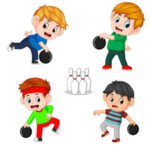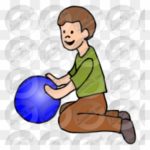
by Neetu | May 29, 2020 | Fitness Activity
Movement skills/concepts
Jumping for distance, in varying directions and levels, creative ways, and with others.
Set-up
Children are spread out in a defined grass or hard surface area.
Activity
Who can jump …? (or Can you jump …?)
- as quietly/loudly as possible
- forwards/backward
- from a small crouch
- very fast/slow
- in a straight line
- like a giant/frog
- as if you are on ice
- making a circle
- with a partner
- with legs and arms stiff
- keeping your arms out from your side
- with your legs apart
- and land with your feet apart
Variations
Add stationary objects: Can you jump … over a box, across a rope, through a hoop?
Combine actions: Can you jump quietly while making an ‘O’ shape?
Jump your own height: Measure your height on the ground using a marker. Try jumping in different ways to reach your height.
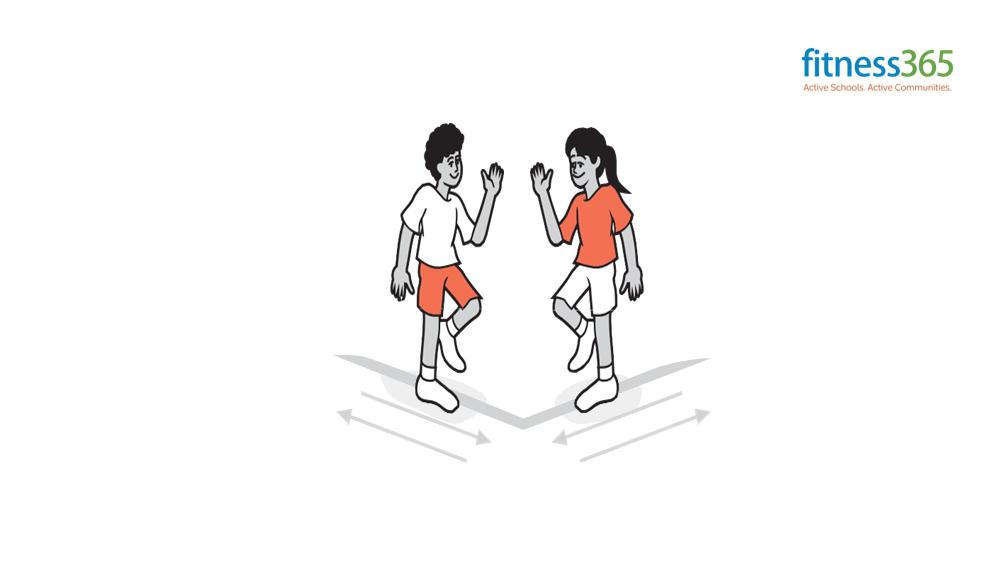
by Neetu | May 29, 2020 | Fitness Activity
Movement skills/concepts
Walking to different rhythms, walking on the spot, along a line, changing direction, and relationships (with others).
Set-up
Hard or grass area with lines or markings, rhythm instrument(s). Children stand scattered along a line.
Activity
Children walk on a line and change direction when they come to an intersection. When walking on a line they may meet up with someone coming towards them on the same line. If so, children walk on the spot and give partner a ‘high five’, turn and go back the way they came. Have different beats or rhythms to walk to.
Can you see …?
- pivoting on the ball of the foot when turning
- head up
- walking tall
- swinging arms waist high
Variations
Follow the leader: In pairs, one person (the leader) calls out commands, e.g. ‘Quick march’ (step out), ‘Mark time’ (march on the spot), ‘About turn’ (turn 180 degrees). Leaders are switched on ‘About turn’.
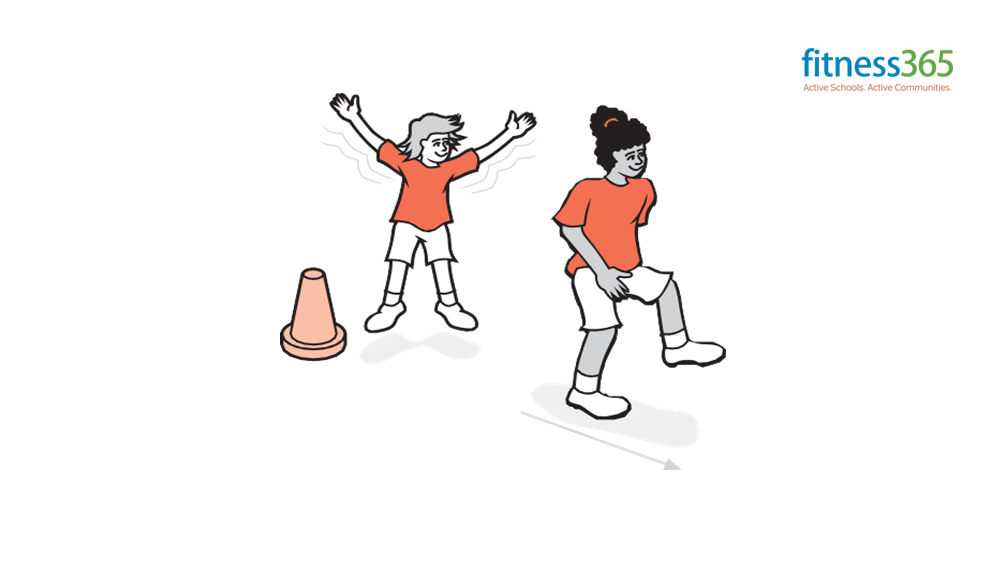
by Neetu | May 29, 2020 | Fitness Activity
Movement skills/concepts
Sustained walking, and changing directions and levels (space awareness).
Set-up
- Outside area ideally with three points or landmarks visible from starting area and up to 50 meters apart (e.g. 1. a tree in the corner, 2. a lamp post by the corner of the hall/gym, 3. a rugby post).
- Use marker cones if no convenient series of landmarks are available.
- At each point or landmark, there are activities to do on the spot (e.g. knee lifts, star jumps, ski jumps). Children in pairs.
Activity
All pairs start walking on the spot. On ‘Go’, Partner 1 in each pair walks to the first point (e.g. a tree). On arrival, they raise one arm, which is the signal for Partner 2 to start walking towards the same point. Partner 1 then begins doing an activity on the spot.
When Partner 2 arrives, they start doing the on the spot activity while Partner 1 walks to the next point (e.g. lamp post), raises an arm to signal for Partner 2 to start walking, and then begins the next on-the-spot activity.
This sequence continues until both partners have been to each of the specified points, done all the activities, and returned to the starting point. Switch roles.
Variations
Create different sequences and activities:
Children make up their own on-the-spot activities. Children make up their own ‘point-to-point’ sequence.
Have different sequences prepared on cards or make up a walking orienteering course.
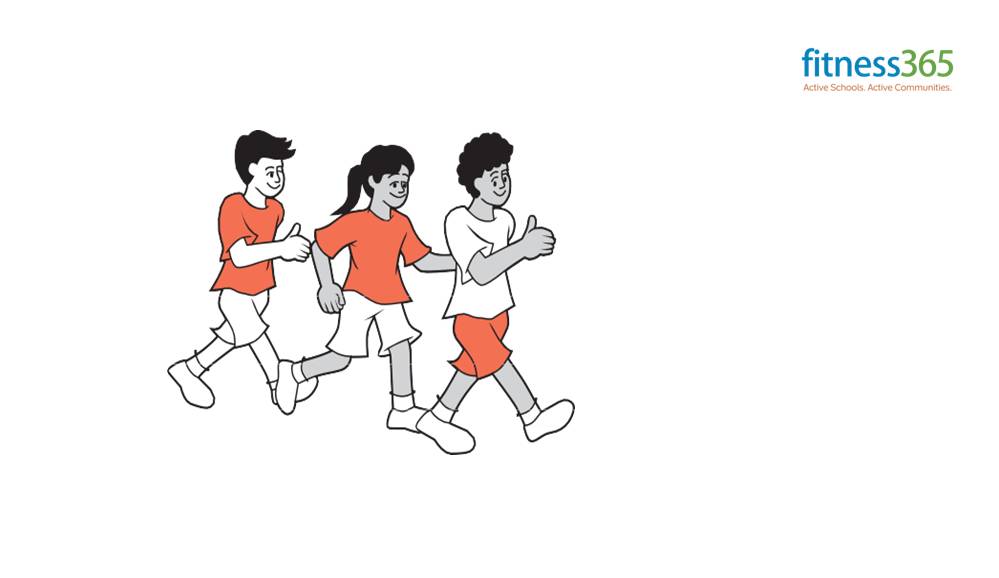
by Neetu | May 29, 2020 | Fitness Activity
Movement skills/concepts
Walking at different speeds, time, and energy.
Set-up
- Grass or hard surface area, with a boundary line to move to and from.
- Children in pairs or groups of three-four, with one pacesetter in each pair/group.
Activity
The pacesetter changes the pace from very slow to slow, to medium, to fast and back again. The other(s) in the pair/group walk along at the pace established by the pacesetter.
Change the pacesetter after one circuit of the course or one lap to the boundary and back, or according to the direction of the coach/teacher.
- walking tall
- arms swinging slightly
- toes pointed straight ahead
- heel-toe action
- maintaining walking action at the speed
Variations
Change walk: As well as changing pace, leaders vary the kind of walk.
Vary locomotor skill: Alternate walking with some other activity (e.g. skipping, jumping).
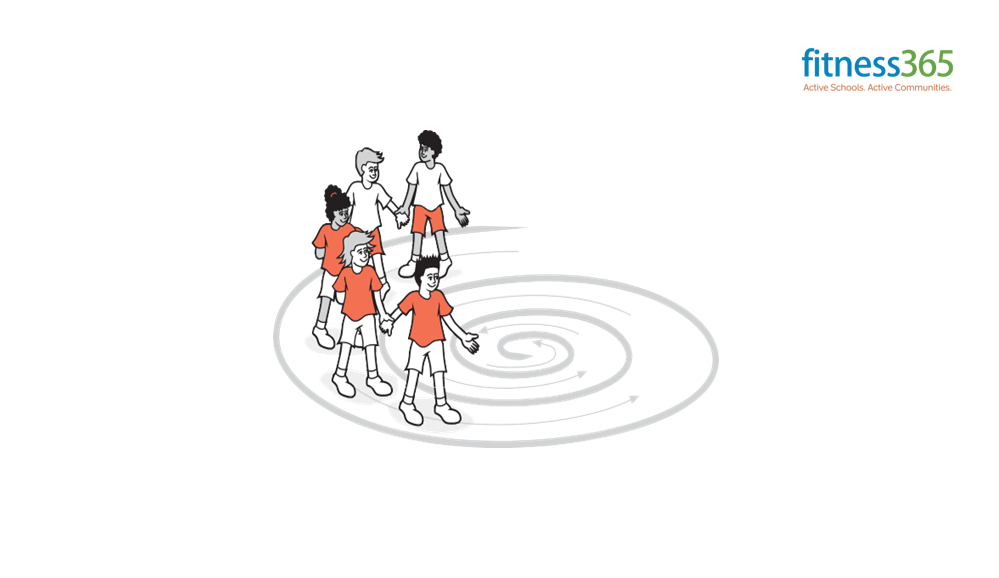
by Neetu | May 29, 2020 | Fitness Activity
Movement skills/concepts
Walking in different pathways, relationships (with others), walking at different speeds and levels.
Set-up
- Hard or grass area.
- Children and coach/teacher all in a circle, holding hands.
Activity
The coach/teacher:
- drops the hand of a child on one side and begins walking inwards so that the circle gets smaller and a spiral is formed
- on reaching the center of the spiral, turns around and begins leading in the opposite direction out of the spiral between the lines of children
- keeps walking until everyone is out of the
- keeping hands joined and not pulling
- steady, relaxed walk
Variations
Follow the leader: Spiral in and out without joining hands.
Add music: Spiral in and out while keeping in time with the rhythm.








